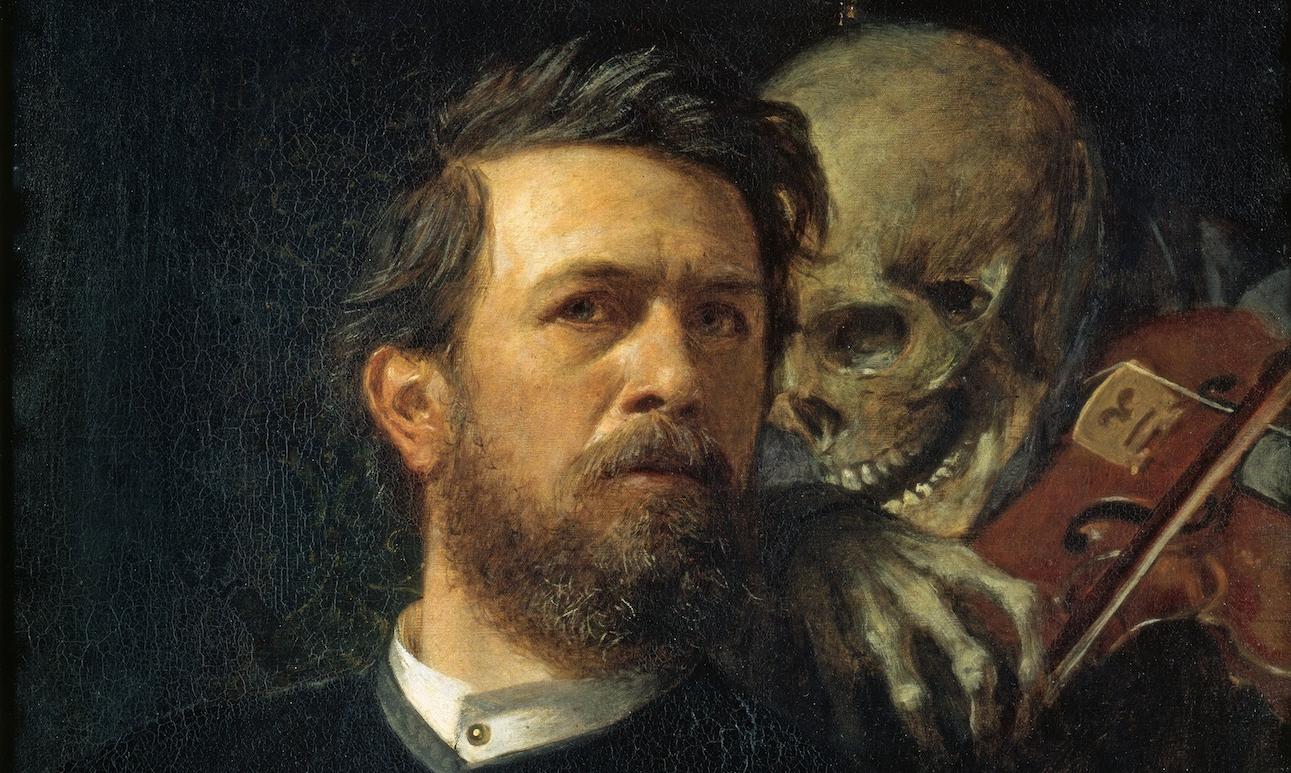When we first started contemplative practices, I couldn’t focus. My mind has a habit of wandering. I find myself lost in streams of consciousness, daydreaming, dissociating – whatever you want to call it, I cannot focus on a thought. When told to close my eyes in a dark room in the morning, my brain rushes – when told to think of one thing, it tries even harder to think of something else. Specifically, when asked to think about my death and mortality, I want to think about it and try to, but I struggle to produce fluid thoughts. What comes out is fragmented notions of what I think I should think about death rather than anything connected to an actual feeling.
I constantly feel distracted, and the contemplative practices have often only exacerbated it. So, why won’t my brain shut up? Why is it continually running from something, like it is afraid to take a break like it is afraid it won’t come back on again? I can tie my fear of death to

‘Busy Brain’ stock image represents the way capitalist productivity infiltrates the human mind.
my experiences with contemplative practices. I am constantly distracted as if my brain is allowed to settle for a second, and I just do nothing, my mind no longer feels as if I am living a fulfilling life. In Western capitalist society specifically, it is not common to just do nothing. The way society functions are through extreme productivity, individualism and competition, meaning you cannot sit and think, you cannot do nothing, and you cannot contemplate. Once you do, you are no longer a meaningful part of society.
In The Worm at the Core, Terror Management Theory explains that people are constantly craving distraction, either consciously or subconsciously, from their looming mortality. To subscribe to this, they chase a cultural worldview that fills them with a sense of self-worth. Western capitalism plays into this model extremely easily. Using contemplative practices to face this, therefore, seems beneficial, so why has it still been extremely difficult for me? Am I too caught up in the cycle of productivity that my mind will not contemplate? Is my mind too indoctrinated with the Western capitalist system? Or is it rather the contemplative practice itself that will not work in a classroom, in a university, that is entirely orientated around productivity and capitalist prosperity?









